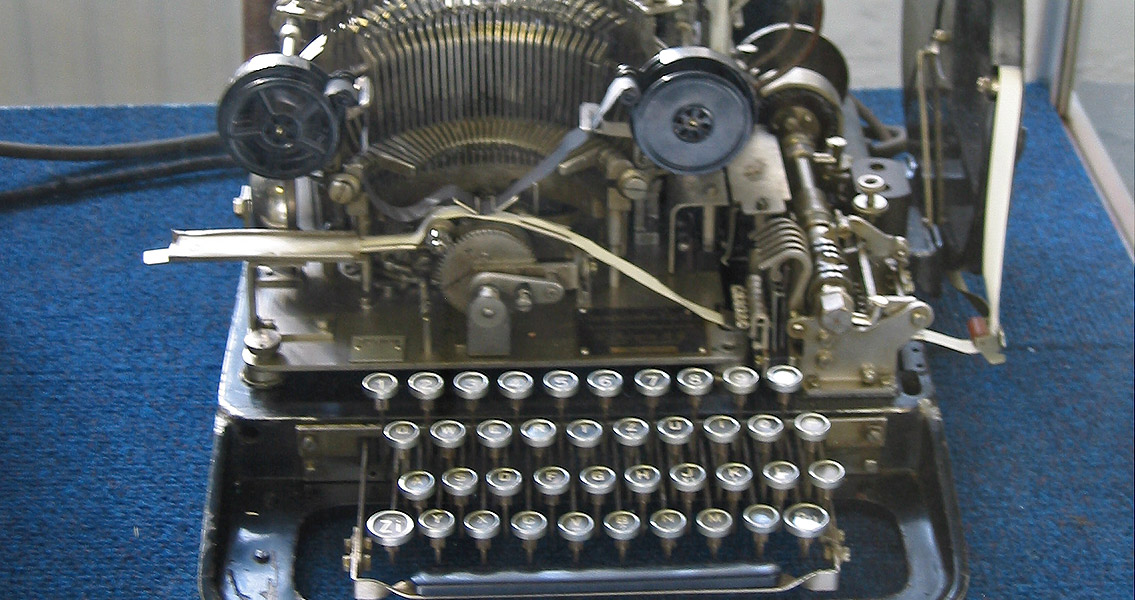<![CDATA[A machine used to encode and send secret messages by the Nazis during the height of World War II was found listed on online auction site eBay for the equivalent of around $14 dollars. The National Museum of Computing, based in the United Kingdom, had been on the hunt for what’s known as a Lorenz cipher machine for quite some time. The device, which resembles a union between a mechanical typewriter and a ticker tape machine, had been used extensively by the German half of the Axis powers to send and receive encoded messages; the Nazis thought the Lorenz code, which the machines used, was practically unbreakable. Museum volunteers were searching for either an entire machine or spare parts for one, as World War II-era cryptography is an interest of museum curators. It came as quite a surprise to find one of the teleprinters listed on eBay, which prompted volunteer John Whetter to take a trip out to Essex in order to investigate. In an interview with The Guardian, Whetter said that the device was intact in its original case, but it had been relegated to the floor of a garden shed that was clogged with detritus. The device, which was described on eBay as a telegram machine, was instantly recognized as a Lorenz teleprinter upon examination. Wetter purchased it on behalf of the museum for a single £10 note, however, it wasn’t until much later that the device was revealed to not just be a relatively common commercial teleprinter but one that had been specifically adapted for the German war effort. In fact, during the teleprinter’s refurbishment at the Museum it became abundantly clear that it had been used in sending coded Nazi messages. Cleaning the device revealed that it was emblazoned with the Nazi swastika and that an additional key was added to its keyboard – the double-lightning bolt rune used for the Waffen-SS, the German army’s most feared and infamous division. The Lorenz cipher, which these teleprinters were encoded with, was one of the most complex codes the Nazis ever used during the war – even more complex than the more famous Enigma code, according to Museum representatives. Despite this, British mathematicians worked tirelessly to break the code, with Bill Tutte finally doing so by deducing the architecture of a Lorenz teletyper without ever actually seeing one. These codebreaking efforts made it possible for the Allies to decipher secret messages sent by the German High Command and may have been responsible for saving a countless number of lives and shortening the war considerably, according to the museum. This proved invaluable in the preparation for the invasion of Normandy, as intercepted Lorenz messages indicated that the Germans had taken the bait of planted misinformation indicating Calais as the site of the landings on D-Day. Right now the museum is hard at work restoring the Lorenz machine to working order. However, with the device missing a drive motor, this may prove difficult. Museum officials are reaching out for help in sourcing a replacement.]]>
Nazi Secret Message Machine Discovered on eBay for $14
